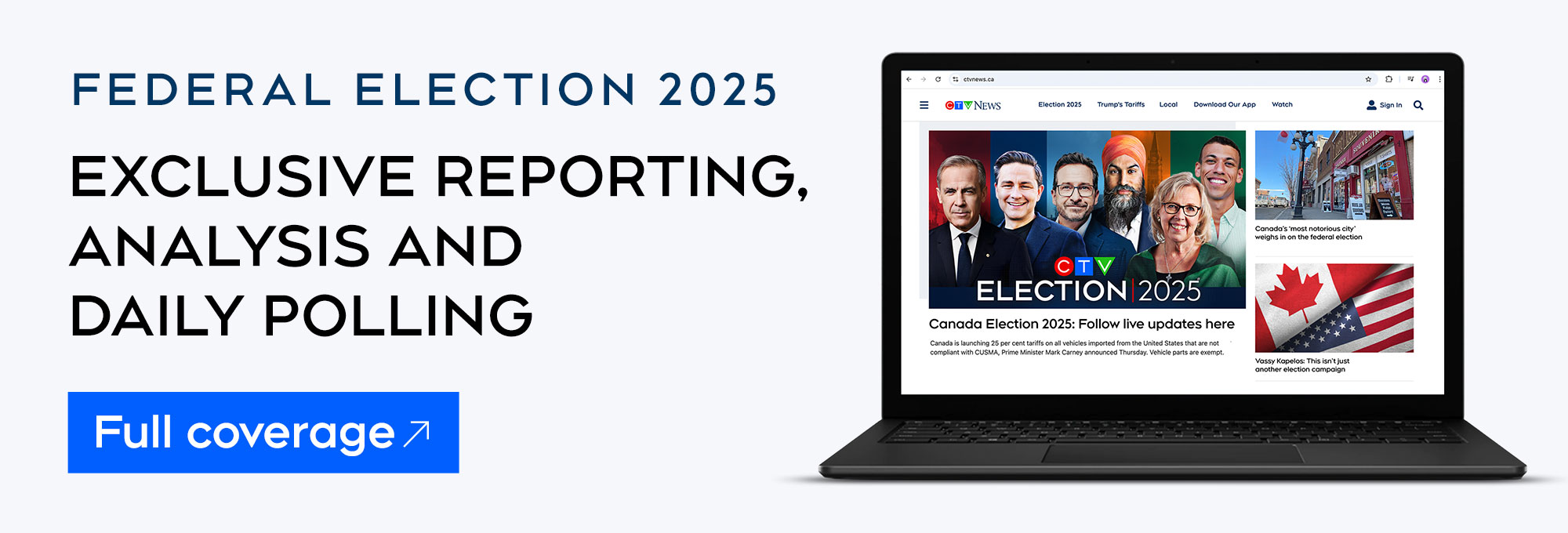The 2025 federal election campaign hasn’t resulted in a slew of deep fakes and voter confusion as some had feared, but experts and observers are warning Canadian voters to remain vigilant about misinformation as a new era of technological adaptation is underway.
A Canada Research Chair for public policy and professor at UBC agrees that anecdotally, there doesn’t appear to be a lot of AI-generated material on social media platforms but she cautions that it may be circulating in smaller circles.
“It may be the lot of that is happening in in private channels,” said Heidi Tworek in an interview with CTV News.
She pointed out the weak Canadian dollar, relatively small population, and warnings about mis- and disinformation have made it difficult for bad actors to profit from creating and sharing manufactured content.
“I think that there have been real attempts to pre-bunk and to inoculate people so that we know that this is an issue, and you try to create a population that’s a little more resilient to some of these problems,” she added.
AI heavily used by political parties
Veteran political strategist, Kareem Allam, points out AI is being heavily relied upon this election by political parties behind the scenes to gather vast amounts of information and analyze it faster than humans possibly could.
“We’re starting to see all these AI tools that are helping spit out press releases faster, helping collate data faster, using a lot of the processes that used to be very manual in terms of manipulating spreadsheets are being auto done by AI,” he said. “So, it hasn’t been really used for nefarious purposes or in the same way that it has been in the United States, but it’s coming.”
Allam warned the bigger risks of misinformation or disinformation spreading are from heavily biased groups, podcasts, YouTube channels, and other influencers that aren’t obligated to be impartial and unbiased in the same way reputable journalism organizations are.
“You can tell you can tell 20 lies in one second, but to disprove those lies – if you are a fact checker at CTV – might take you 20 hours,” he pointed out. “That’s one of the things that these people are interested in – manipulating information out there, relying on the fact that there aren’t that many fact-checkers.”
Allam added those influencers are so effective, in part because “we know that within the algorithm social media world that people live in bubbles and echo chambers” reinforcing their views.
Deep fakes and phony pics
That’s not to say there isn’t fake material fooling people on social media. Pictures purported to be of Mark Carney or Pierre Poilievre in various situations can be difficult to spot as fakes, with some clearly satirical and others coming in the form of snarky memes.
Tworek is urging anyone who encounters misleading or manipulated videos, news stories, or images related to the election to report them to the Canadian Digital Media Research Network.
In her final report on foreign interference earlier this year, Commissioner Marie-Josee Hogue called misinformation an “existential threat,” even, “the greatest threat” to democracy.
A UBC study of generative AI and elections found that while there was a proliferation of computer-created content in recent elections, it wasn’t persuasive to voters.
“While we do not think GenAI presents a doomsday scenario for democratic elections, policymakers should not be complacent,” warned the report’s authors.








